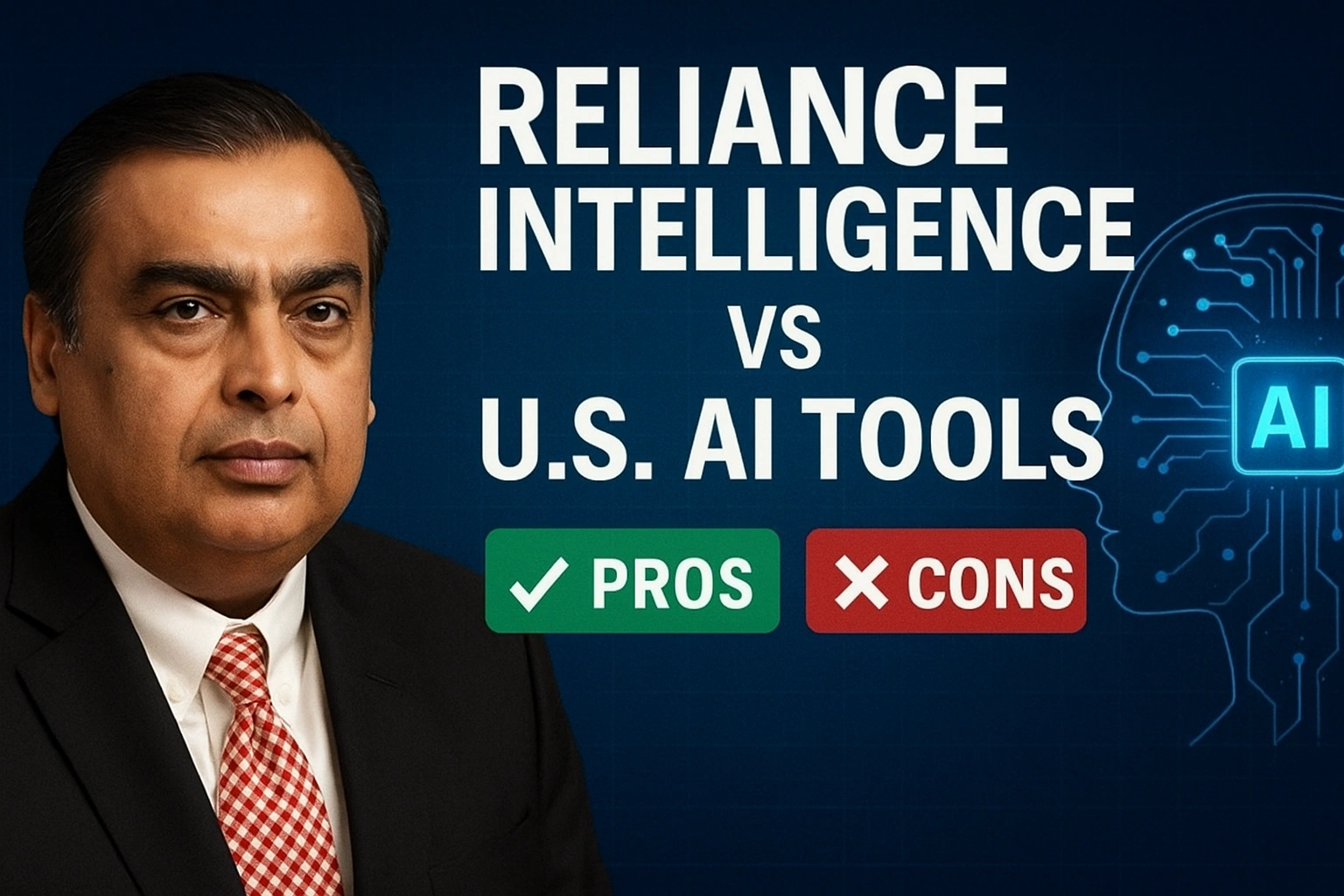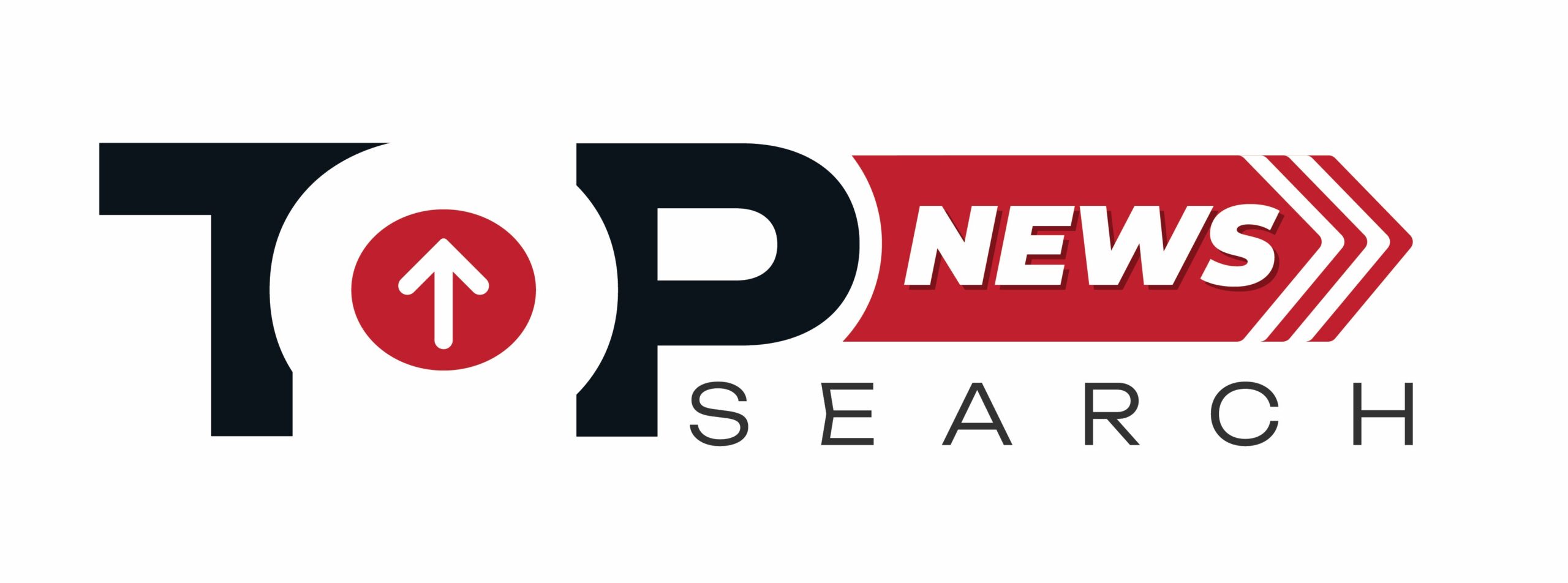
AI Chatbot 2025: From ELIZA to Next-Gen Smart Assistants
- September 12, 2025
- Top Search
- 9:11 am

Snapshot
AI chatbots have evolved from 1960s rule-based programs like ELIZA to today’s advanced assistants like ChatGPT and Gemini. In 2025, they power customer service, education, healthcare, and business automation, shaping the future of human-AI interaction.
Introduction: The Chatbot Revolution
From the earliest days of computing, humans have dreamed of machines that could understand and talk back to us. What began as simple rule-based programs in the 1960s has transformed into today’s advanced AI chatbots, capable of holding natural conversations, solving problems, generating content, and acting as personal assistants. In 2025, chatbots are no longer experimental tools; they are essential in business, education, healthcare, and everyday life.
This blog explores the evolution, present role, and future of AI chatbots — from the first chatbot, ELIZA, to today’s ChatGPT, Google Gemini, Claude, and beyond.
1. The Birth of Chatbots: ELIZA and Early Programs
ELIZA (1966): Created at MIT by Joseph Weizenbaum. It mimicked a psychotherapist by rephrasing user input. Although simple, it showed the possibility of human-computer conversation.
PARRY (1972): Simulated a person with paranoid schizophrenia. Considered more advanced because it included emotional modeling.
Jabberwacky (1988): Designed to simulate entertaining conversations, paving the way for chatbots that learned from users.
At this stage, chatbots were experimental, rule-based systems with limited real-world use.
2. The Rise of Rule-Based and Online Chatbots (1990s–2000s)
As the internet became mainstream, chatbots started appearing online.
SmarterChild (2001): Popular on AOL and MSN Messenger. Users could chat for fun, check weather, get sports updates, or even set reminders. SmarterChild was the precursor to modern virtual assistants.
Business Applications: Companies experimented with basic website chatbots to answer FAQs. These were scripted bots that followed fixed patterns.
Limitations: They lacked true intelligence — conversations often felt robotic.
3. Virtual Assistants Take Over (2010–2015)
The 2010s marked the integration of AI and NLP into chatbots. Tech giants introduced voice-powered assistants:
Apple Siri (2011): First widely adopted smartphone assistant.
Google Now (2012): Provided predictive answers based on search data.
Microsoft Cortana (2014): Integrated with Windows devices.
Amazon Alexa (2014): Brought AI assistants into homes via Echo devices.
These assistants blended chatbot technology with voice recognition, allowing users to ask questions, play music, or control smart homes.
4. Conversational AI on Social Media (2016–2019)
A new wave of chatbots arrived when Facebook Messenger and other platforms allowed businesses to build bots:
2016 – Facebook Chatbots: Brands launched bots for shopping, booking, and customer service.
Tools like Dialogflow (Google) and Microsoft Bot Framework helped developers build conversational bots.
Companies used chatbots for marketing, lead generation, and 24/7 support.
Challenges: Most bots were still scripted or semi-intelligent, leading to poor user experiences when faced with complex questions.
5. The NLP Breakthrough: GPT & Generative AI (2019–2022)
Everything changed with the transformer architecture and large language models (LLMs).
GPT-2 (2019): Showed impressive human-like text generation.
GPT-3 (2020): A massive leap forward, capable of writing essays, answering complex questions, and generating code.
Businesses began embedding AI-powered chatbots into customer support, content creation, and software development.
This era marked the beginning of true conversational AI.
6. ChatGPT Era: Mainstream AI Chatbots (2022–2023)
OpenAI’s ChatGPT (Nov 2022): Became a global phenomenon, reaching 1M users in just 5 days.
Microsoft Bing Chat & Copilot (2023): Integrated ChatGPT into search and productivity apps.
Google Bard (later Gemini), Anthropic Claude, and Meta AI chatbots entered the competition.
Chatbots became capable of writing articles, generating code, answering legal/medical queries, and even creating art.
7. 2024–2025: Next-Generation Chatbots
Today’s AI chatbots are multimodal — they can process text, voice, images, and even video.
Examples:
ChatGPT Vision (2024): Can interpret images and explain them.
Google Gemini (2024): Combines text, images, and video for deeper understanding.
Business AI Chatbots (2025): Banks, airlines, hospitals, and universities use custom AI chatbots for customer engagement and problem-solving.
Chatbots now provide:
Hyper-personalized assistance (tailored to each user).
Business automation (cutting support costs by 60–70%).
Education support (AI tutors for personalized learning).
Healthcare guidance (appointment booking, symptom checks).
8. The Business Impact of AI Chatbots
Why are businesses in the U.S. and worldwide rushing to adopt chatbots?
Cost Savings: Companies save millions by reducing the need for large support teams.
24/7 Service: Customers get instant answers anytime.
Scalability: One chatbot can handle thousands of queries simultaneously.
Customer Satisfaction: Faster, personalized responses increase loyalty.
Sales & Marketing: Chatbots guide users through sales funnels and boost conversion rates.
9. Challenges & Limitations
Despite their progress, chatbots face some hurdles:
Hallucinations: Sometimes generate incorrect or misleading answers.
Bias: Reflect biases from training data.
Privacy Concerns: Handling sensitive user data responsibly.
Dependence: Risk of over-reliance on AI over human judgment.
10. Future of Chatbots (2025–2030)
Looking ahead, AI chatbots will evolve into intelligent digital companions. Trends to watch:
Emotional AI: Chatbots that recognize and respond to human emotions.
Metaverse Integration: Chatbots as guides in virtual worlds.
Business Ecosystem Integration: Seamless connection with ERP, CRM, and supply chain software.
Healthcare & Education: AI tutors, wellness advisors, and digital doctors.
Autonomous Agents: Chatbots capable of taking independent actions on behalf of users.
By 2030, AI chatbots could become indispensable digital partners, blending into every aspect of human life.
Conclusion: The Chatbot Journey
From ELIZA in 1966 to ChatGPT and multimodal AI assistants in 2025, chatbots have evolved from simple text rephrasers to intelligent, adaptable systems reshaping industries.
They are no longer a futuristic concept; they are here, deeply embedded in how we work, learn, and communicate. Businesses, governments, and individuals who adopt AI chatbots will find themselves better equipped for the AI-first world that is rapidly emerging.
FAQs
A chatbot is an AI program designed to simulate human conversation via text or voice.
They reduce costs, provide 24/7 support, enhance customer experience, and boost sales.
ChatGPT uses advanced NLP and generative AI, offering context-aware, human-like responses versus rule-based, scripted replies.
Yes, if properly trained and compliant with privacy regulations; however, human oversight is crucial.
Emotional intelligence, autonomous actions, metaverse integration, and seamless business ecosystem connections.
Quora Insights
- How will AI chatbots evolve in the next 5 years?
- What’s the difference between a traditional chatbot and a new-generation AI chatbot?
- What are the biggest challenges and opportunities for conversational AI in 2025?
- What is the history of AI chatbots?
- How are businesses using AI-powered chatbots for customer service and support?

Recent Posts:


Nvidia’s Rubin CPX Chip (2025–26): Powering the Next Era of AI Video & Software Generation


